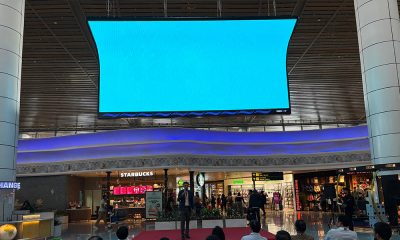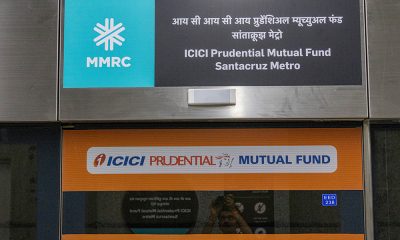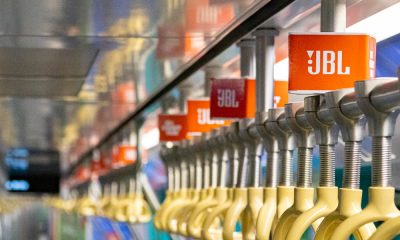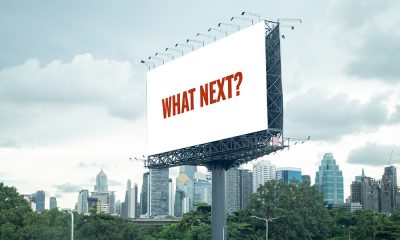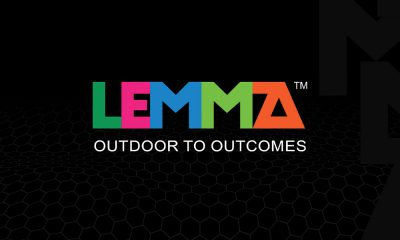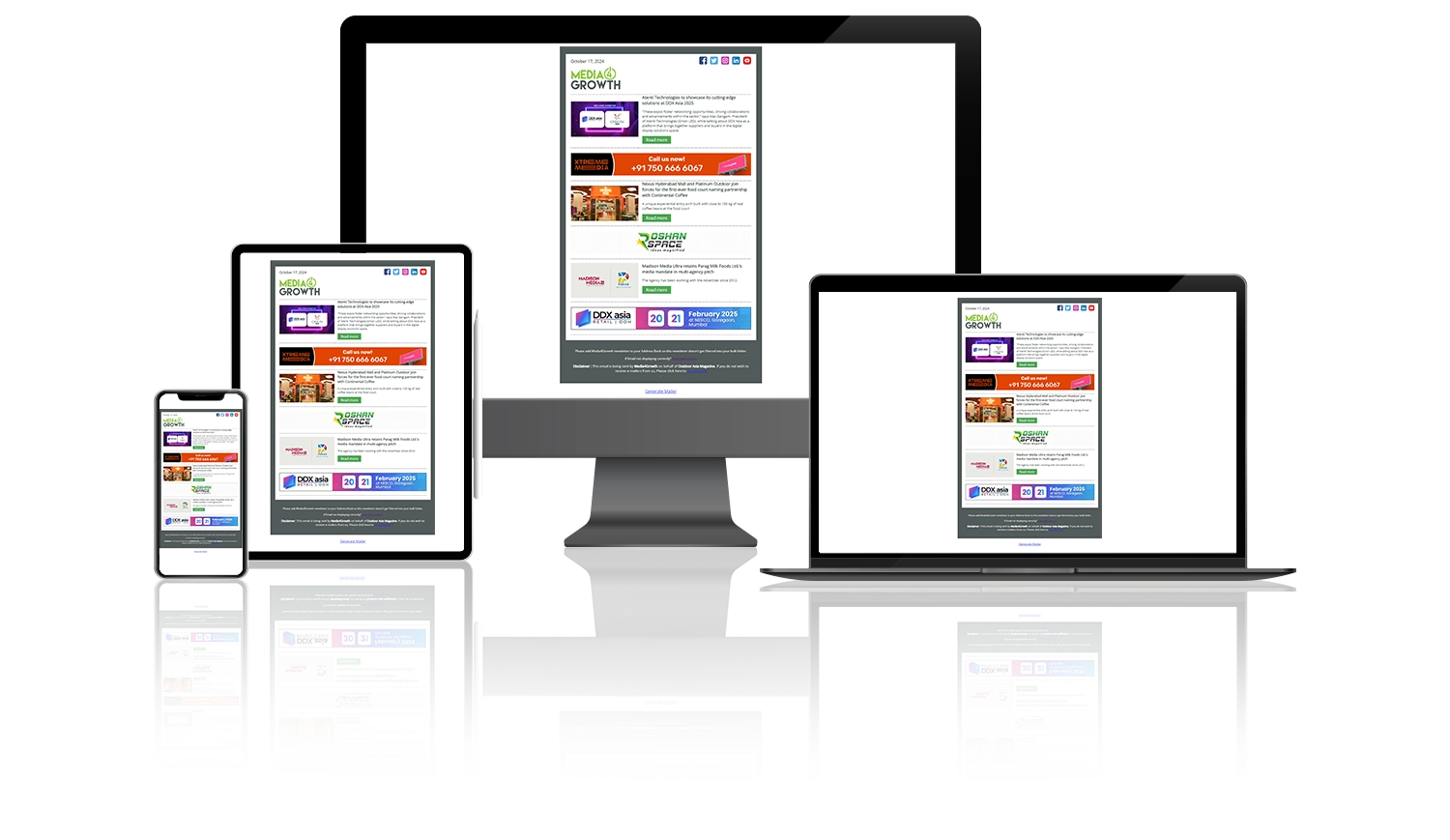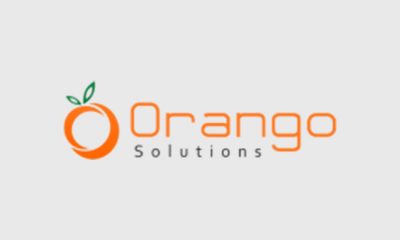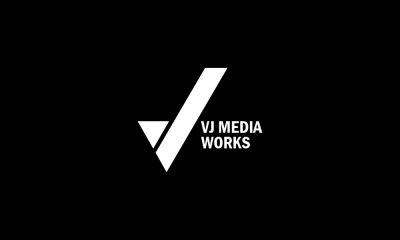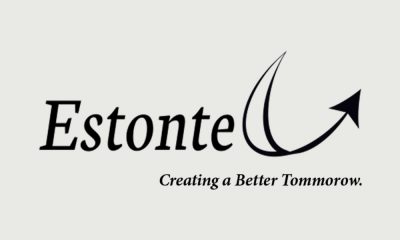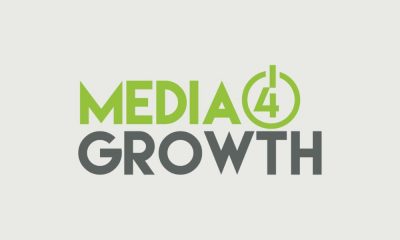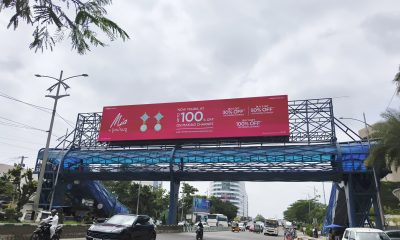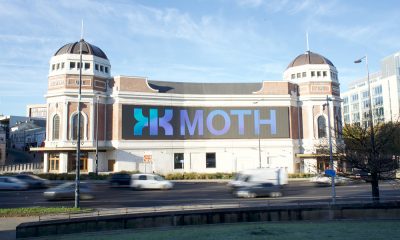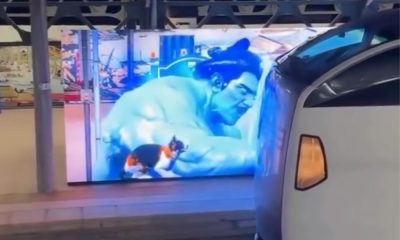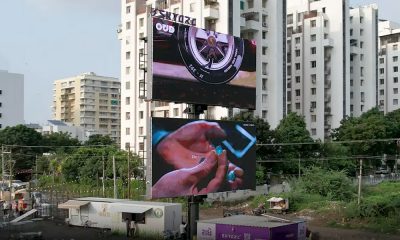OOH Industry
The evolution of agencies in the pDOOH Era
Will 2025 see the beginning of a new era for OOH where pDOOH becomes a commonly accepted part of the ecosystem? If so, what will it mean for specialist agencies and their role? Rohit Chopra, COO, Times OOH, addresses some of these questions and shares his observations.
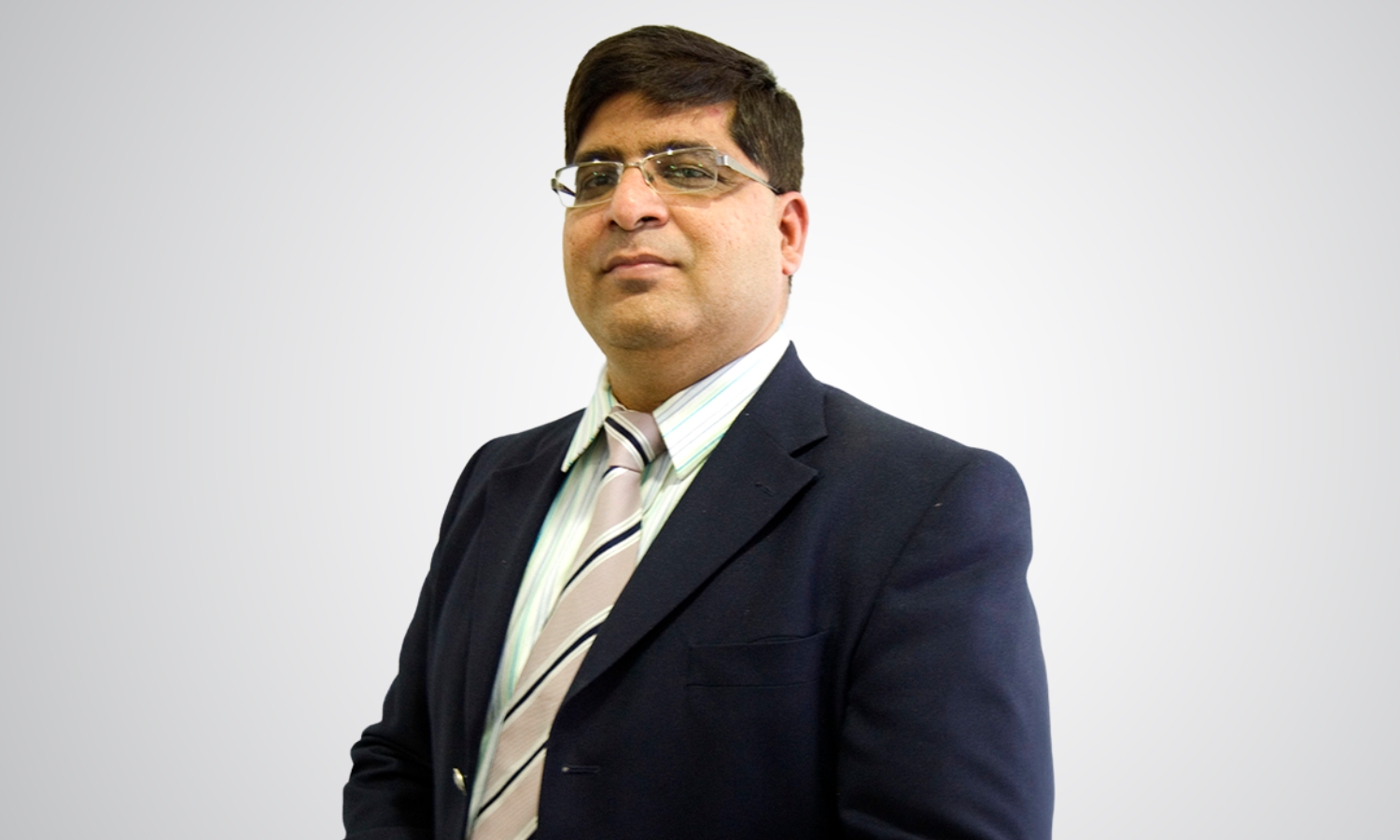
The rise of Programmatic Digital Out-of-Home (pDOOH) is reshaping outdoor advertising, creating both challenges and opportunities for specialist agencies. Rohit Chopra, COO of Times OOH, provides insight into this transformation, emphasizing that while automation is streamlining transactions, it does not eliminate the need for strategic planning, creativity, and audience understanding – areas where agencies continue to provide essential value.
The evolving role of agencies
Rather than becoming obsolete, agencies are undergoing a transformation. Their role is shifting from simple media buyers to strategic partners guiding brands through a complex and rapidly changing landscape. Instead of focusing solely on securing ad space at the best rates, agencies must now leverage data, optimize campaigns in real time, and develop creative strategies specifically tailored for digital out-of-home (DOOH) environments.
Rohit puts it plainly: “Agencies will need to move beyond just negotiating prices. They have to start leveraging audience intelligence, AI-powered insights, and strategic planning to help brands navigate a rapidly evolving media landscape.”
Beyond cost-cutting: delivering campaign effectiveness
One of the fundamental shifts brought by pDOOH is the transition from cost-focused media buying to performance-driven advertising. Unlike traditional approaches that prioritize price negotiations, programmatic advertising introduces precision, efficiency, and real-time decision-making. With data-backed placements and real-time bidding, brands now pay for engagement and impact rather than just exposure.
This shift places greater pressure on agencies to prove their value through innovation. Rohit highlights three critical transformations agencies must embrace:
- Tech-driven approach – “Agencies must invest in data analytics, AI-powered insights, and pDOOH platforms. Traditional planning alone won’t cut it anymore,” he explains.
- Creative and contextual thinking – With programmatic technology enabling dynamic creatives, agencies must focus on storytelling that adapts to location, time, and audience behaviors.
- Performance-led strategies – “Success in pDOOH isn’t just about placing ads—it’s about measuring and optimizing them for tangible brand impact,” says Rohit. Agencies need to act as consultants, helping brands interpret audience data, engagement metrics, and conversion insights.
The role of brands in accelerating pDOOH adoption
For pDOOH to reach its full potential, brands must also embrace a more data-driven and performance-oriented approach. Rohit identifies several ways brands can actively contribute to this shift:
- Investing in data & technology – Collaborating with agencies and media owners to integrate first-party data enhances targeting and campaign effectiveness.
- Focusing on impact over cost – “The most effective campaigns aren’t necessarily the cheapest. Brands need to prioritize engagement and real-time optimization,” he advises.
- Experimenting with dynamic creatives – The flexibility of pDOOH allows brands to deliver contextually relevant, real-time messaging that drives stronger results.
Key advancements driving pDOOH growth in 2025
As the industry moves forward, several technological advancements will drive the adoption of pDOOH:
- Stronger integration with mobile & digital ecosystems – Enhanced connectivity between DOOH, mobile, and social platforms will enable better audience tracking, retargeting, and cross-channel engagement.
- AI & machine learning-driven optimization – Smarter algorithms will refine campaign targeting, dynamically adapt creatives, and predict audience behaviors for improved campaign performance.
- 5g & faster connectivity – Increased bandwidth will enable real-time content updates and more immersive DOOH experiences.
- Advanced measurement & attribution models – Brands will demand clearer ROI metrics, leading to more robust tracking, analytics, and proof of performance for pDOOH investments.
The future of agencies in the pDOOH landscape
As the advertising ecosystem evolves, agencies will no longer function merely as media buyers. Instead, their role will be redefined in three key ways:
- From aggregators to strategic advisors – Agencies must go beyond price negotiations and leverage audience intelligence, AI-powered insights, and strategic planning to guide brands effectively.
- From static buying to dynamic execution – The rise of real-time bidding and AI-driven content optimization will require agencies to adopt a more agile and tech-savvy approach.
- From media placement to performance-driven solutions – “With pDOOH becoming increasingly measurable, agencies will be expected to demonstrate clear ROI through audience analytics, attribution models, and campaign effectiveness reports,” says Rohit.
As he emphasizes, the agencies that successfully embrace this transformation will be the ones shaping the future of OOH advertising. By leveraging technology, creativity, and performance analytics, agencies can redefine their value proposition and cement their role as indispensable partners in the digital advertising ecosystem.
-
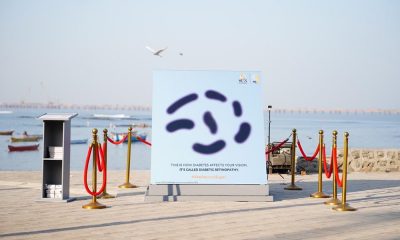
 Campaigns
CampaignsSun Pharma drives impactful Diabetic Retinopathy Awareness campaign
-

 Insights
InsightsWhy DOOH works in the era of Attention Economics
-

 People
PeopleMarico Appoints Vikram Karwal as Chief Marketing Officer
-
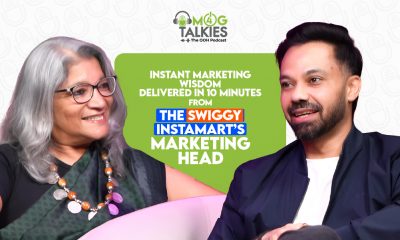
 Podcast
PodcastMarketing, Culture & the Power of OOH: A candid conversation with Abhishek Shetty, Marketing Head, Swiggy Instamart
